Celebratory Foods for Easter in Cyprus
14 min read Explore the rich and festive foods enjoyed during Easter in Cyprus, highlighting traditional dishes and culinary customs celebrated across the island. June 26, 2025 03:05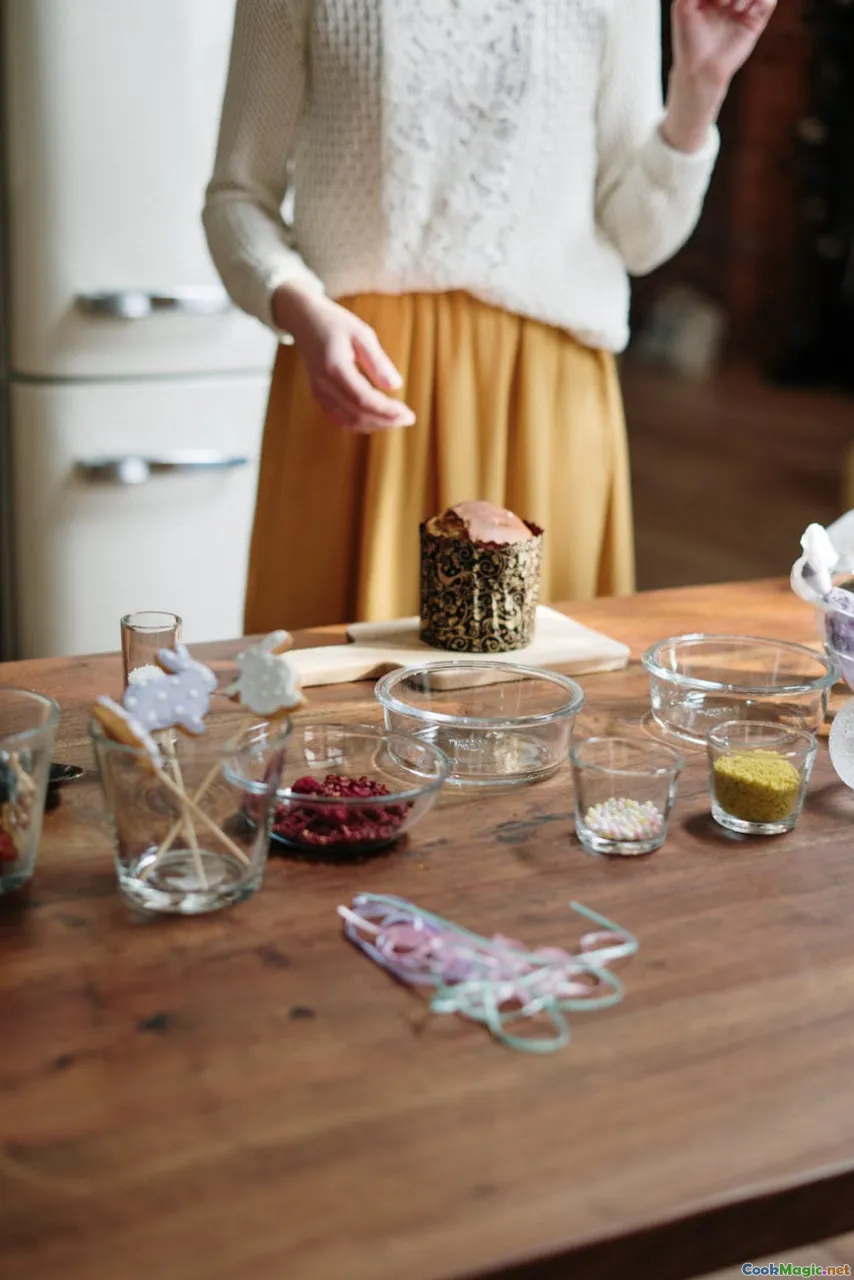
Celebratory Foods for Easter in Cyprus
As the crystalline sunlight bathes the picturesque landscapes of Cyprus during springtime, the island awakens to a symphony of scents, colors, and flavors that herald the most cherished holiday—Easter. Celebrated with reverence, joy, and deep-rooted traditions, Easter in Cyprus is not merely a spiritual occasion but a culinary feast that ties generations together through time-honored recipes and local customs. From festooned churchyards to family tables laden with aromatic delicacies, each dish tells a story of history, faith, and the ceaseless Cypriot love affair with food.
In this vibrant culinary journey, we’ll explore the iconic Easter foods of Cyprus—dishes that evoke emotions, stimulate the senses, and showcase the rich tapestry of Cypriot cuisine. Prepare to savor the textures of crispy pastries, taste the savory depths of traditional stews, and immerse yourself in the cultural rituals that make Cypriot Easter an unforgettable celebration.
The Significance of Food in Cypriot Easter Traditions

In Cypriot culture, food is at the heart of Easter festivities. It embodies gratitude, renewal, and communal bonds. As families prepare for the Holy Week, the kitchen becomes a sacred space where recipes—many passed down through generations—are brought to life with love and devotion.
From the moment of Lent begins, Cypriots abstain from meat and dairy, adopting a vegetarian or vegan diet that lasts through most of Easter. The culmination of this fasting period is not just a spiritual renewal but a feast that celebrates the return to meat and dairy with a variety of hearty, flavorful dishes. The mood is jubilant, and every element on the table bears the mark of cultural pride and historical resilience.
Much of the religious processions and church services intertwine with culinary customs. After Easter Sunday mass, families gather in welcoming joy to share the bounty of their labor—yet some signature dishes are prepared days in advance, symbolizing hope and abundance.
The Traditional Easter Table Staples

Roast Lamb: The Star of the Feast
Nothing epitomizes Easter in Cyprus quite like a succulent roast lamb. Usually prepared on Easter Sunday, the lamb is traditionally cooked on a spit or slow-roasted in the oven, enveloped in herbs, garlic, and lemon for a tender, flavorful experience. The aroma wafts through streets, enticing neighbors and passersby.
The preparation involves marinating the meat for hours, often with Odysseus-like patience, to develop a delicate, smoky crust and moist, falling-off-the-bone tenderness. The presentation is equally celebratory—large, communal, and inviting.
Pallaskina and Tsouloura: The Sweet Aromatic Pastries
Angelic in appearance and divine in flavor, Easter bread (“pallaskina” or “tsouloura”) are staples on every Cypriot table. These artisanal breads are handmade, braided into intricate shapes, sometimes topped with colorful sprinkles or edible gold, reflecting the joy and festive spirit.
The scent of freshly baked bread, combined with the warm aroma of spices like cinnamon and cardamom, fills homes from village bakeries to modern kitchens. Soft and fluffy inside with a slightly crispy crust, these breads are often hollowed out and filled with preserved fruits or sweet cheese.
Red Eggs: Symbolism of Resurrection
Decorated with intricate patterns, the hard-boiled eggs dyed with natural hues or commercial dyes dominate Easter Sunday tables. Each shell’s vibrant hue—ranging from fiery reds to deep purples—represents Christ’s blood and resurrection.
Cypriots play a traditional game called "tsougrisma," where players crack each other's eggs in a gentle tap, hoping their egg remains uncracked. It’s a fun, symbolic gesture emphasizing resilience and renewal, and the eggs themselves are often consume with horseradish dip or salt.
How to Prepare the Perfect Easter Lamb in Cyprus Style
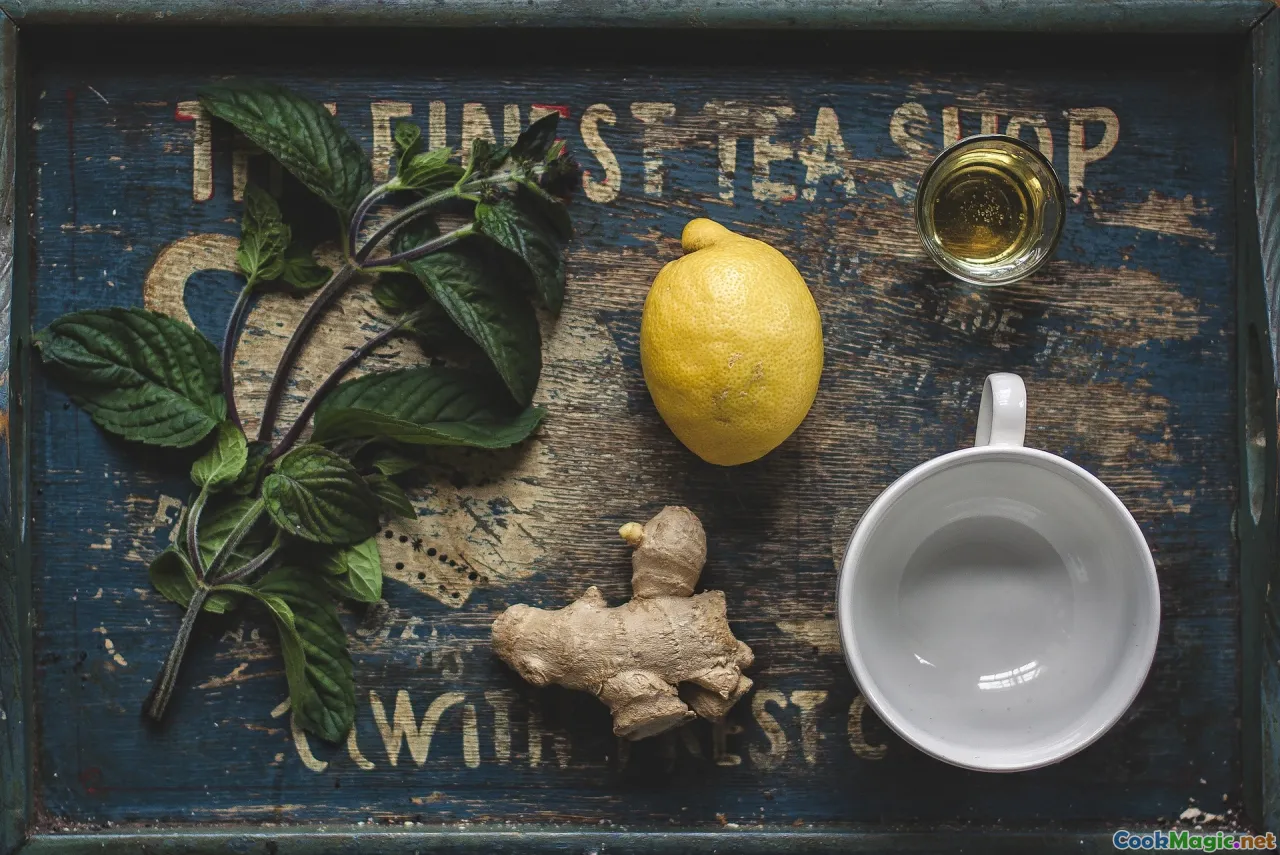
Getting a perfect Cypriot Easter lamb involves patience, quality ingredients, and a love for tradition. Here’s a classic seasoned lamb recipe inspired by generations:
Ingredients:
- 1 whole lamb shoulder or leg (preferably Halari or Cyprus lamb)
- 4 garlic cloves, smashed
- 2 lemons, juiced
- 3 tbsp olive oil
- 2 tbsp fresh oregano or thyme
- Salt and freshly ground black pepper
- A handful of fresh rosemary sprigs
- Optional: Potatoes or seasonal vegetables for roasting
Method:
- Marinate: Mix garlic, lemon juice, olive oil, herbs, salt, and pepper. Rub this mixture generously over the lamb. Cover and refrigerate for at least 4 hours, preferably overnight.
- Prepare for roasting: Preheat your oven to 180°C (356°F). Place the lamb in a roasting pan, surround with potatoes if using, and add rosemary sprigs.
- Roast: Cook for approximately 20 minutes per pound, basting occasionally with pan juices.
- Rest: Once cooked, let the lamb rest for 15 minutes before carving. This allows the juices to redistribute, ensuring each bite is moist and flavorful.
The result is a beautifully caramelized, fragrant lamb that’s tender inside with a slightly smoky crust—an unbeatable centerpiece.
The Art of Easter Pastry Making: Tasting and Crafting Tsouloura
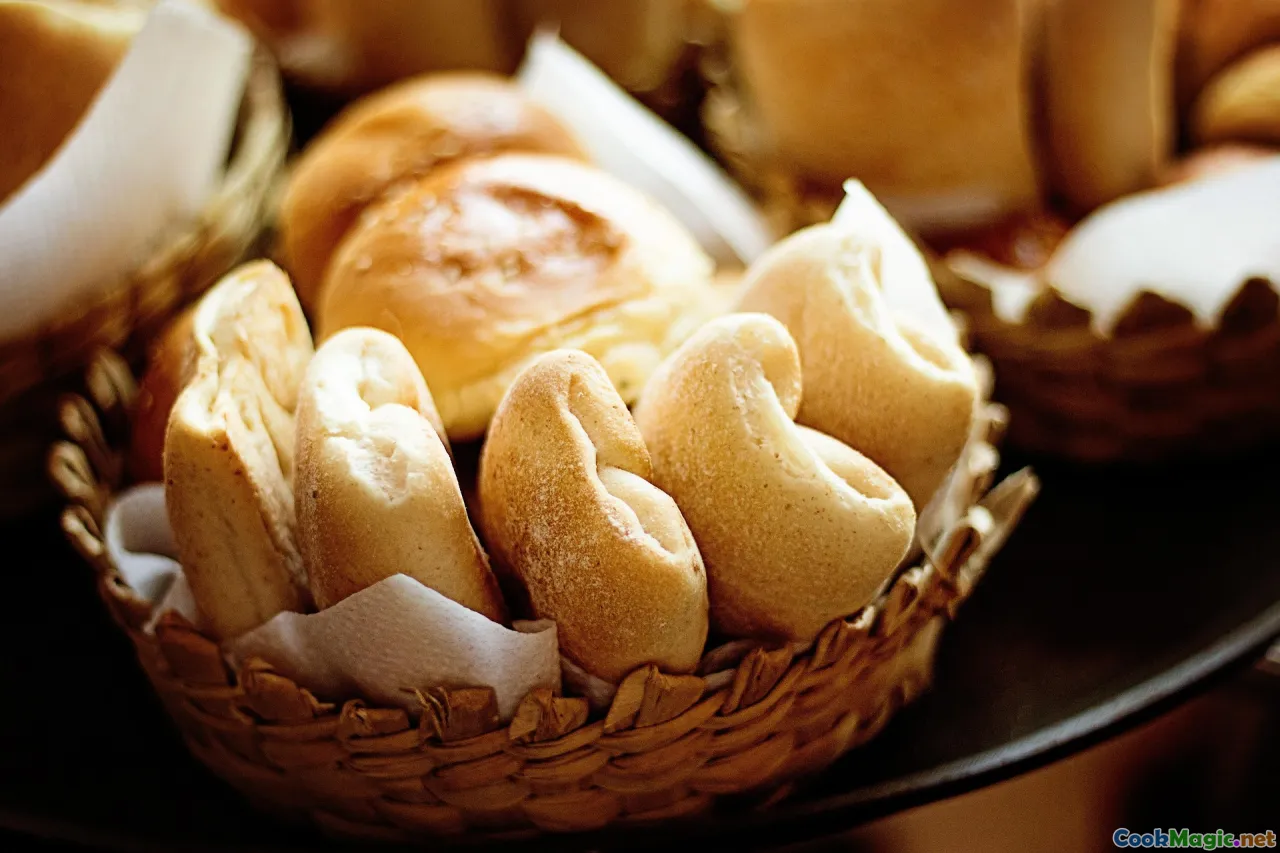
Making tsouloura is not just cooking; it’s an art form infused with tradition. The dough, enriched with yogurt or milk, butter, sugar, and eggs, is skillfully braided and shaped into symbolic forms: circles, crosses, or intricate knots.
After shaping, these pastries are brushed with egg wash, sprinkled with sesame seeds or colored sugar, and baked until golden. Their pillowy interior and sweet aroma evoke nostalgia, reminding locals of festive gatherings and time-honored recipes.
For a personal touch, some families hide small coins or almonds inside the dough, turning the baking process into a fun, spirited celebration of luck and prosperity.
colours and symbols: Decorating and Dyeing Red Eggs
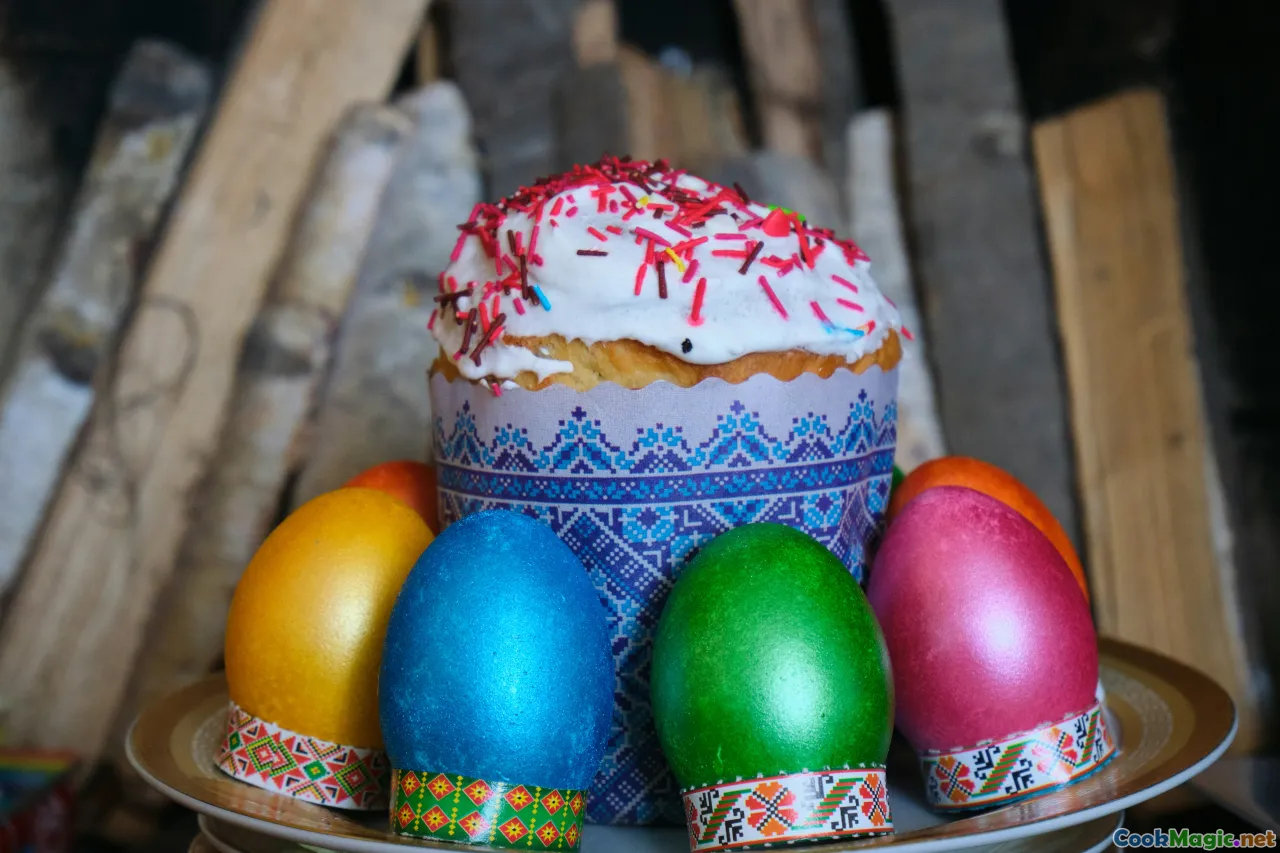
Coloring eggs remains a cherished craft in Cypriot homes. The most traditional hue—fiery red—is easily achieved using onion skins, beetroot, or natural dyes.
Careful painting or etching with wax creates intricate patterns, showcasing artistic skill and patience. Sometimes, eggs are mended with tiny pieces of paper or topped with metallic leafs to enhance their significance.
The moment of cracking eggs during "tsougrisma" is both playful and symbolic, reinforcing themes of resilience, renewal, and hope.
Celebratory Food Customs and Unique Regional Variations
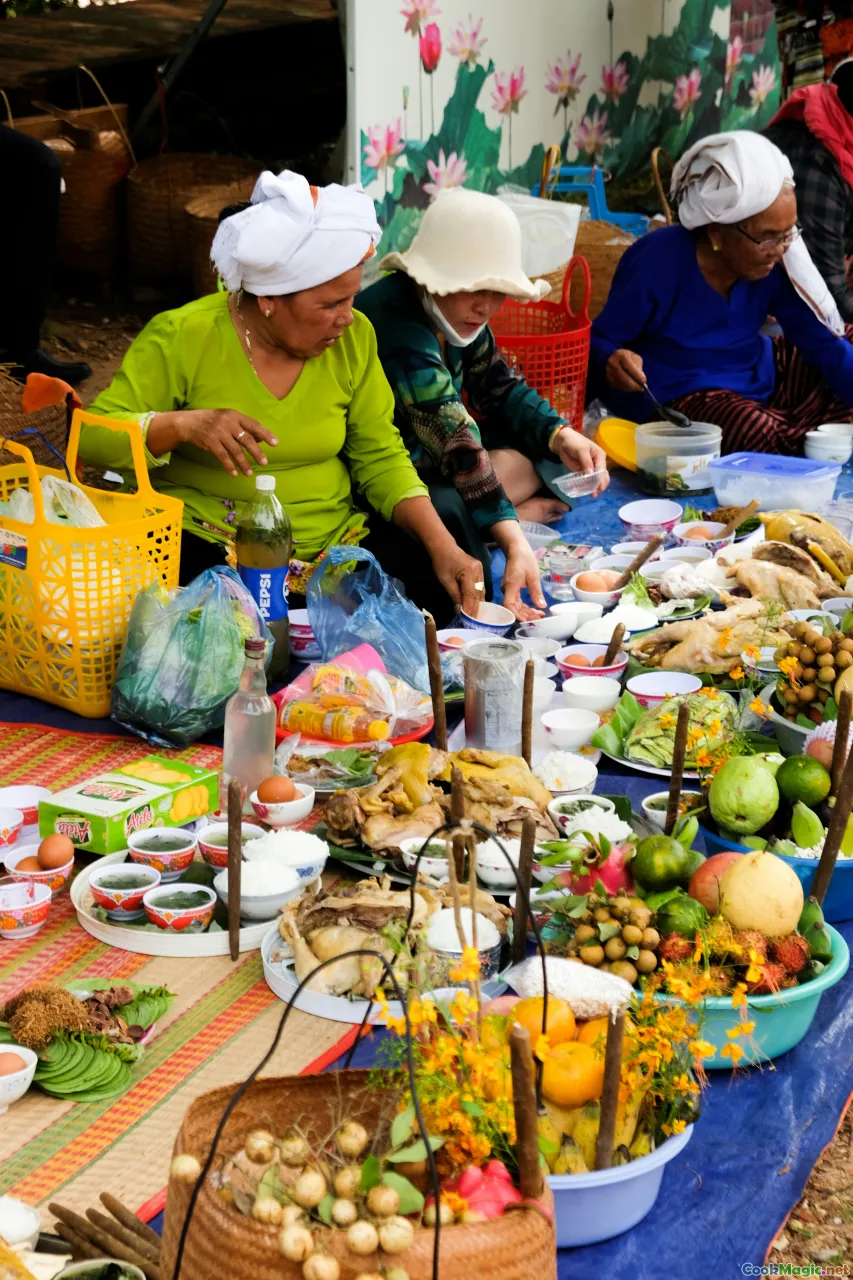
While certain dishes like lamb, tsouloura, and fiery red eggs are ubiquitous across Cyprus, regional twists abound:
- In the mountainous regions like Troodos, game meats such as wild boar or rabbit find their place on the Easter table.
- Coastal communities emphasize seafood dishes, highlighting the island’s abundant produce.
- In rural villages, homemade wine accompanies the feast, crafted from local vineyards.
Some unique customs include community feasts in village squares, where large cauldrons boil lamb or goat, and laughter echoes as families share their creations—binding community spirit through culinary abundance.
Celebrating Easter in Small Villages vs. Urban Homes

In Cypriot villages, Easter is characterized by collective participation—church services filled with hymns, processions adorned with lilies, and communal meals that last well into the night. The air is imbued with the scent of grilled meats and freshly baked bread.
Conversely, in Limassol or Nicosia, urban families tend to host lively gatherings, often inviting friends and extended family for a mix of traditional and modern dishes—yet the spirit of reunion and spiritual reverence remains universal.
Behind every meal, whether in a village or the city, is a shared love for tradition and the hope that the season brings renewal, joy, and serenity.
Tips for Recreating Cypriot Easter Flavors at Home
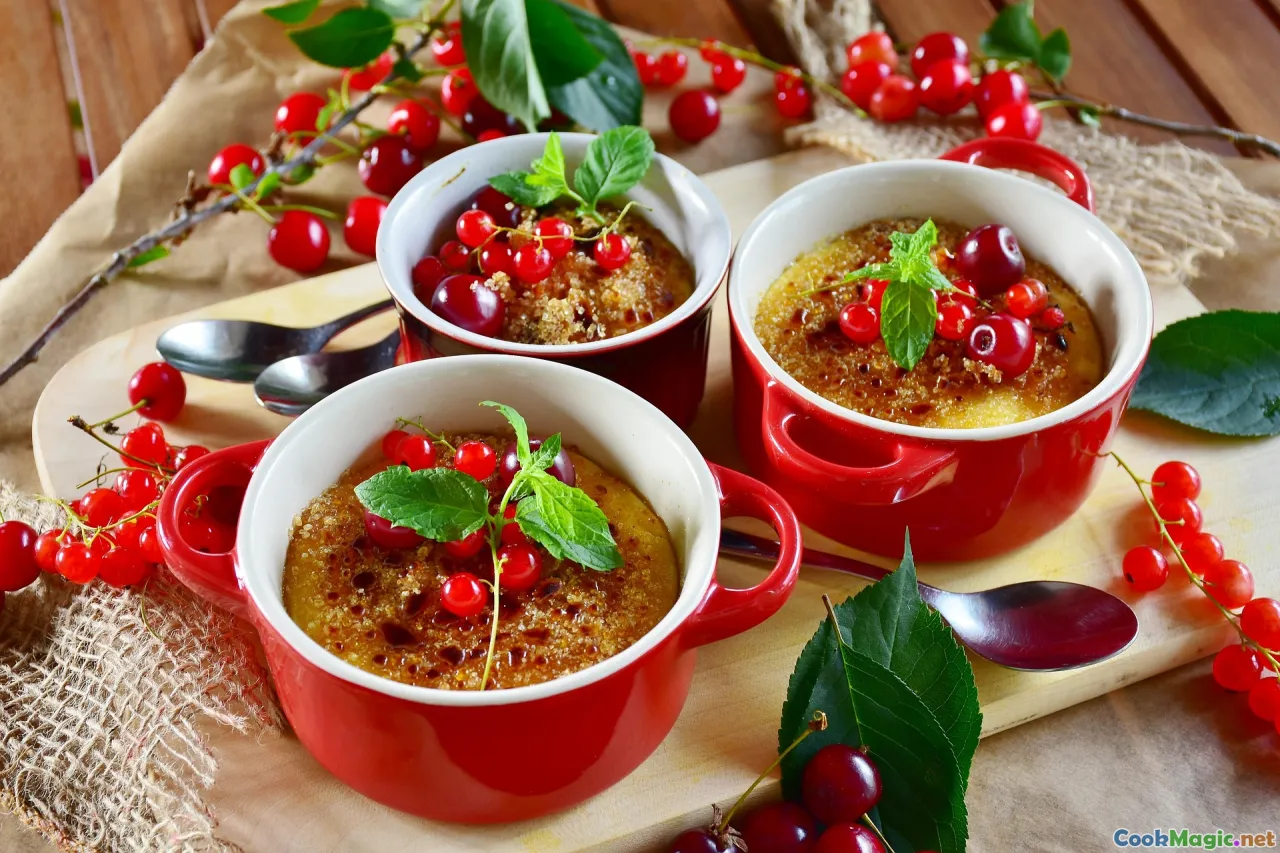
- Use quality, local ingredients: Authentic flavor begins with fresh herbs, fragrant lemon, and locally raised lamb.
- Embrace patience: Traditional recipes often require slow marinating or baking—don’t rush it.
- Get creative with dyeing: Natural dyes from vegetables and herbs produce nuanced shades and preserve cultural authenticity.
- Decorate with symbolism: Incorporate traditional patterns into your Easter eggs and breads.
- Gather loved ones: Cooking and decorating together transforms the culinary experience into a cherished ritual.
Imagine the crackle of a baking dough, the aroma of roasting lamb mingling with spring blooms, the vibrant reds of eggs illuminating your table—these sensory touches can bring an authentic taste of Cyprus to your home.
The Lasting Flavors of Cyprus in Easter Memories
Perhaps what makes Easter in Cyprus so unforgettable is not just the dishes themselves, but the emotions they evoke. Shared laughter around the table, the scent of baked bread wafting through the air, and the vibrant colors of eggs—these are symbols of hope, renewal, and communal love.
In every bite, there’s a story—of history, of resilience, and of hope blazing brighter with each spring season. The culinary traditions, deeply woven into the island’s fabric, continue to inspire and connect generations.
Let the flavors of Cypriot Easter remind us of the enduring power of food as a vessel for celebration, culture, and heartfelt reunion. So, whether you’re in the lush villages or bustling cities, may your feast be abundant, your spirits high, and your heart filled with the warmth of Cypriot hospitality.









